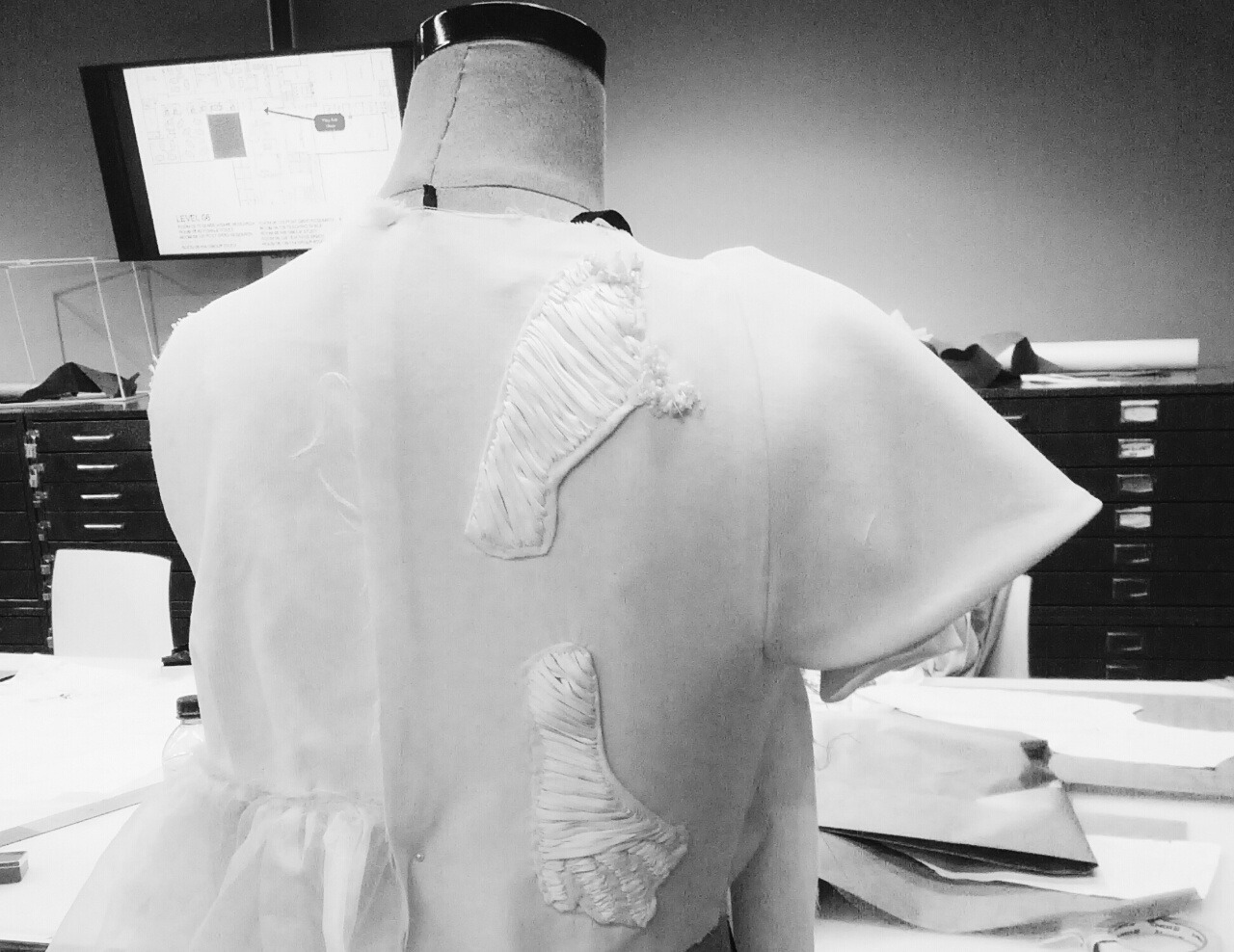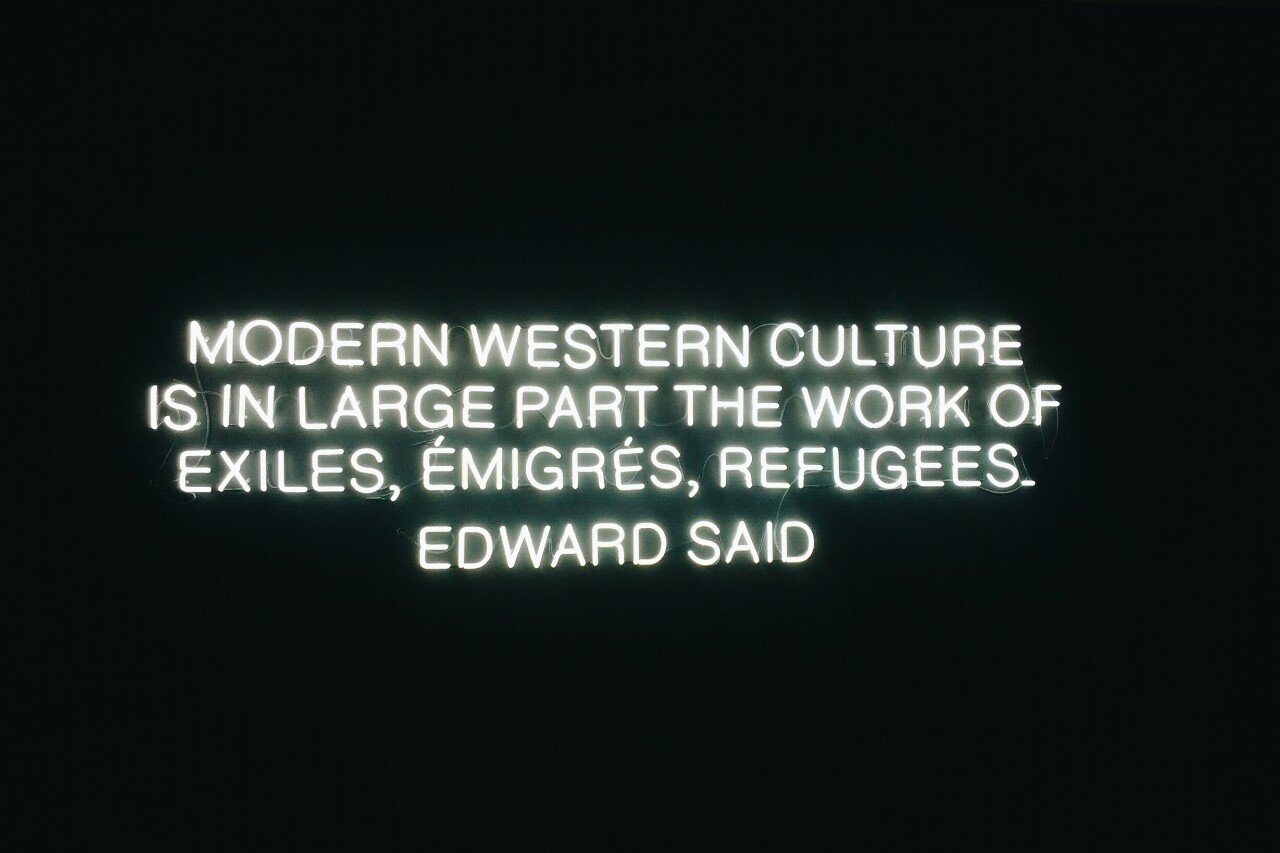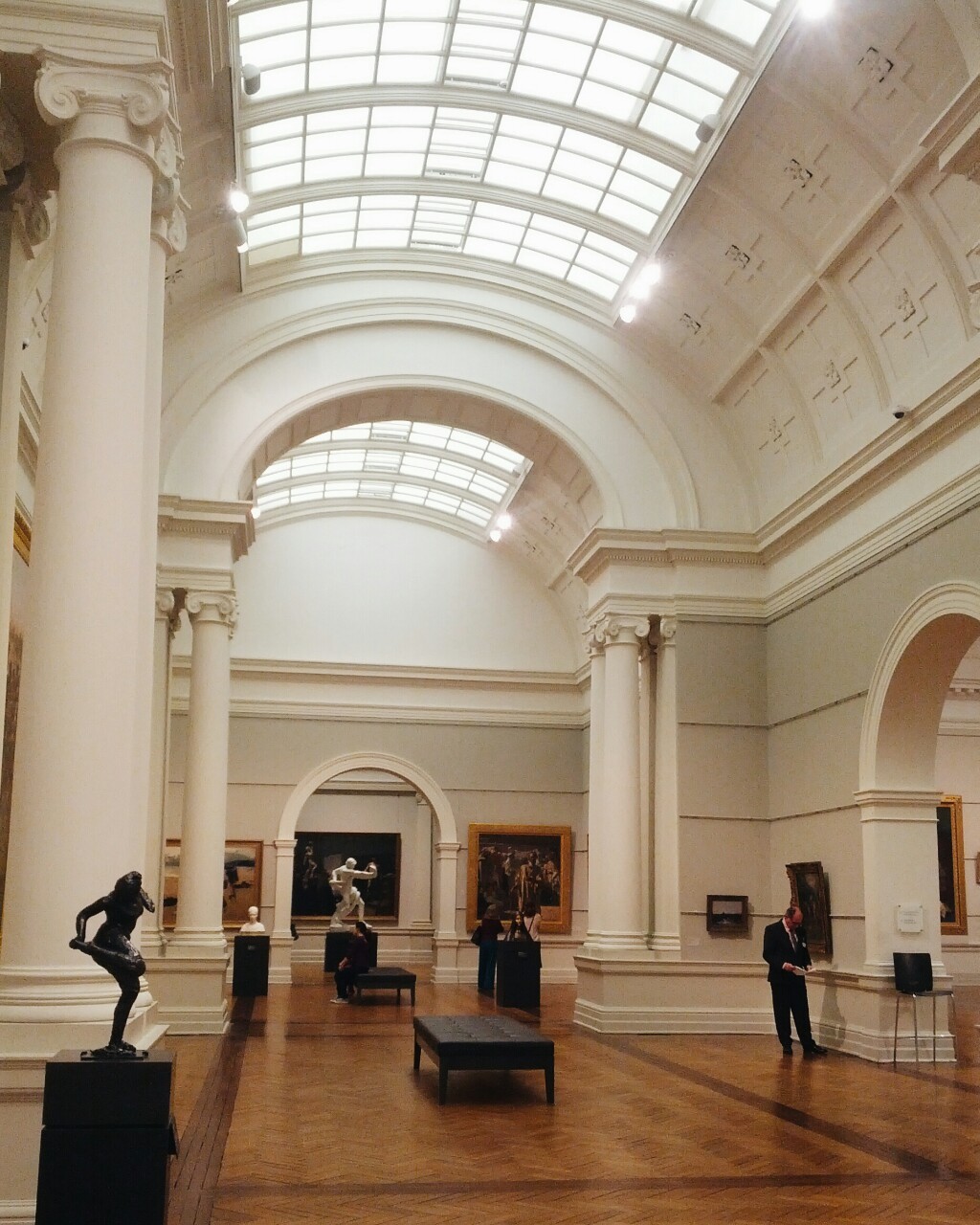Sunday, December 28, 2014
Tuesday, November 18, 2014
Monday, November 10, 2014
Tuesday, November 4, 2014
Wednesday, October 29, 2014
Monday, October 27, 2014
27 10 14
Saturday, October 25, 2014
Sunday, October 12, 2014
Saturday, September 27, 2014
Monday, September 22, 2014
Saturday, September 20, 2014
Saturday, September 6, 2014
Wednesday, September 3, 2014
Monday, August 25, 2014
Saturday, August 23, 2014
Saturday, July 26, 2014
Thursday, July 24, 2014
Friday, July 18, 2014
Thursday, July 17, 2014
Sunday, July 13, 2014
Wednesday, June 25, 2014
26 06 14
1.0 Class is an issue of fundamental importance for art.Theses 1.0-3.9 in 9.5 Theses on Art and Class, Ben David
1.1 Inasmuch as art is part of and not independent of society, and society is marked by class divisions, these will also affect the functioning and character of the sphere of the visual arts.
1.2 Since different classes have different interests and "art" is affected by these different interests, art has different values depending on from which class standpoint it is approached.
1.3 Understanding art means understanding class relations outside the sphere of the visual arts and how they affect that sphere as well as understanding class relations within the sphere of the visual arts itself.
1.4 In general, the idea of the "art world" serves as a way to deflect consideration of both these sets of relations.
1.5 The notion of an "art world" implies a sphere that is separate or set aside from the issues of the non-art world (and so separates it from class issues outside that sphere).
1.6 The notion of an "art world" also visualises the sphere of the visual arts not as a set of conflicting interests, but as a confluence of professionals with a common interest: "art" (and so denies class relations within that sphere).
1.7 Anxiety about class in the sphere of the visual arts manifests in critiques of the "art market"; however, a critique of the art market is not the same as a critique of class in the sphere of the visual arts. Class is an issue that is more fundamental and determinate that the market.
1.8 The "art market" is approached differently by different classes; discussing the art market in the absence of understanding class interests serves to obscure the actual forces determining art's situation.
1.9 Since class is a fundamental issue for art, art can't have any clear idea of its own nature unless it has a clear idea of the interests of different classes.
2.0 Today, the ruling class, which is capitalist, dominates the sphere of the visual arts.
2.1 It is part of the definition of a ruling class that it controls the material resources of society.
2.2 The ruling ideologies of society, which serve to reproduce this material situation, also represent the interests of the ruling class.
2.3 The dominant values given to art, therefore, will be ones that serve the interests of the current ruling class.
2.4 Concretely, within the sphere of the contemporary visual arts, the agents whose interests determine the dominant values of art are: large corporations, including auction houses and corporate collectors; art investors, private collectors, and patrons; and trustees and administrators of large cultural institutions and universities.
2.5 One role for art, therefore, is as a luxury good, whose superior craftsmanship or intellectual prestige indicates superior social status.
2.6 Another role for art is to serve as financial instrument or tradable repository of value.
2.7 Another role for art is as a sign of "giving back" to the community, to whitewash ill-gotten gains.
2.8 Another role for art is as a symbolic escape valve for radical impulses, to serve as a place to isolate and contain social energy that runs counter to the dominant ideology.
2.9 A final role for art is the self-replication of ruling-class ideology about art itself - the dominant values given to art serve not only to enact ruling class values directly but also to subjugate, within the sphere of the arts, other possible values of art.
3.0 Though ruling-class ideology is ultimately dominant within the sphere of the arts, the predominant character of this sphere is middle-class.
3.1 "Middle class" in this context does not indicate income level. It indicates a mode of relating to labor and the means of production. "Middle class" here indicates having an individual, self-directed relationship to production rather than administering and maximising the profit produced by the labor of others (capitalist class) or selling one's labor power (working class).
3.2 The position of the professional artist is characteristically middle class in relation to labor: the dream of being an artist is the dream of making a living off the products of one's own mental or physical labor while being fully able to control and identify with that labor.
3.3 A distinctive characteristic of the visual arts sphere, therefore, is that it is a sphere in which ruling-class ideology dominates, and yet is allowed to have an unusually middle-class character (in fact, it is by definition middle class - the "art world" is defined as the sphere that trades in individual products of creativity rather than mass-produced creativity).
3.4 In part, the middle-class character of the visual arts relates to 2.5-2.8 above. From a ruling class perspective, it is beneficial to promote the example of middle-class creative labor for a variety of reasons.
3.5 Nevertheless, the middle-class perspective on the value and role of art is not identical to the ruling-class one; artists have their own way of relating to their labor and consequently their own value for "art".
3.6 The middle class value of art is double-sided: on the one hand, "art" is identified as a profession, as a desirable means of support.
3.7 On the other hand, "art" is identified as self-expression, as a manifestation of creative individuality (whether that is expressed through a specific style of craftsmanship or as an original intellectual program; art-theory debates about the importance of the hand of the artist or "studio" versus "post-studio" production displace this more fundamental and structural sense in which the sphere of the visual arts preserves individuality).
3.8 Two permanent contradictions therefore dominate the sphere of the visual arts. The first contradiction is between the fact that the visual arts are dominated by ruling-class values but defined by their middle class character.
3.9 The second contradiction is internal to the middle-class definition of "art" itself, which is split between notions of art as a profession and as vocation and therefore comes into contradiction with itself at every moment where what an artists wants to express runs into opposition with the demands of making a living (in a situation where a minority dominates most of society's resources, this is often).
Tuesday, June 24, 2014
Sunday, June 15, 2014
Wednesday, June 11, 2014
Thursday, June 5, 2014
Saturday, May 31, 2014
Thursday, May 1, 2014
Saturday, April 26, 2014
Friday, April 25, 2014
Monday, April 21, 2014
Sunday, April 13, 2014
Thursday, April 3, 2014
4 04 14
stuff i've been thinking about n things people have been talking about w me:
- in design (primarily client based work), clients come to designers/illustrators/etc for a particular style that they've scoped out from artists (using this term loosely) portfolios but i feel that most people that create things don't want to keep making the same thing over and over, you wanna advance your work and try new things
- with internet culture it's really really (ridiculously) easy to take in volumes of information, both textual and visual and as such if you don't sit down and record what you're taking in you just forget it because most people don't actively use their brain capacity to hold in all this info (i sure as hell dont). the interesting thing about tumblr is archive mode. there were some periods during my holiday where i was constantly on tumblr because i couldnt be bothered to go out but i reblogged so much shit, the thing is, looking back on it now, it's easier to piece together the different potential visual narratives from your inspiration.
also with the internet it's super easy to like a lot of things. i don't mean this in a derivative "like" on facebook kinda way, but in terms of hobbies/interests. it's no longer an age of subcultural lifestyle where dress reflects music interest and hobbies, but rather one where lifestyle has overtaken subculture insofar as that you take different aspects of subculture and incorporate them into your life. with creating new work this makes it a bit tricky in the sense that it's easy to feel overwhelmed by what you are into - as if it's "inauthentic" because it comes from so many different areas of interest. which brings us back to tumblr archive mode, or a holistic approach to inspiration - the way that we look at things (and perceive them) is changing
another thing with tumblr is motive, some people use tumblr as more of a blogging outlet but others use it as curation (of their own perceived life or something else, i dont know) but honestly if all you use tumblr for is to reblog "inspirational quotes" and the likes of that, does it really keep you inspired? tumblr is cool because it's such a vast resource of things, you can find the weirdest shit out there, but also theoretical things related to your area of study and/or interest
um, anyway i'm trying to make less excuses about being tired and having time and do more. catch u on the flip side
- in design (primarily client based work), clients come to designers/illustrators/etc for a particular style that they've scoped out from artists (using this term loosely) portfolios but i feel that most people that create things don't want to keep making the same thing over and over, you wanna advance your work and try new things
- with internet culture it's really really (ridiculously) easy to take in volumes of information, both textual and visual and as such if you don't sit down and record what you're taking in you just forget it because most people don't actively use their brain capacity to hold in all this info (i sure as hell dont). the interesting thing about tumblr is archive mode. there were some periods during my holiday where i was constantly on tumblr because i couldnt be bothered to go out but i reblogged so much shit, the thing is, looking back on it now, it's easier to piece together the different potential visual narratives from your inspiration.
also with the internet it's super easy to like a lot of things. i don't mean this in a derivative "like" on facebook kinda way, but in terms of hobbies/interests. it's no longer an age of subcultural lifestyle where dress reflects music interest and hobbies, but rather one where lifestyle has overtaken subculture insofar as that you take different aspects of subculture and incorporate them into your life. with creating new work this makes it a bit tricky in the sense that it's easy to feel overwhelmed by what you are into - as if it's "inauthentic" because it comes from so many different areas of interest. which brings us back to tumblr archive mode, or a holistic approach to inspiration - the way that we look at things (and perceive them) is changing
another thing with tumblr is motive, some people use tumblr as more of a blogging outlet but others use it as curation (of their own perceived life or something else, i dont know) but honestly if all you use tumblr for is to reblog "inspirational quotes" and the likes of that, does it really keep you inspired? tumblr is cool because it's such a vast resource of things, you can find the weirdest shit out there, but also theoretical things related to your area of study and/or interest
um, anyway i'm trying to make less excuses about being tired and having time and do more. catch u on the flip side
Monday, March 17, 2014
Sunday, March 16, 2014
Subscribe to:
Comments (Atom)
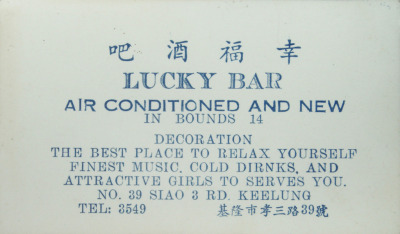

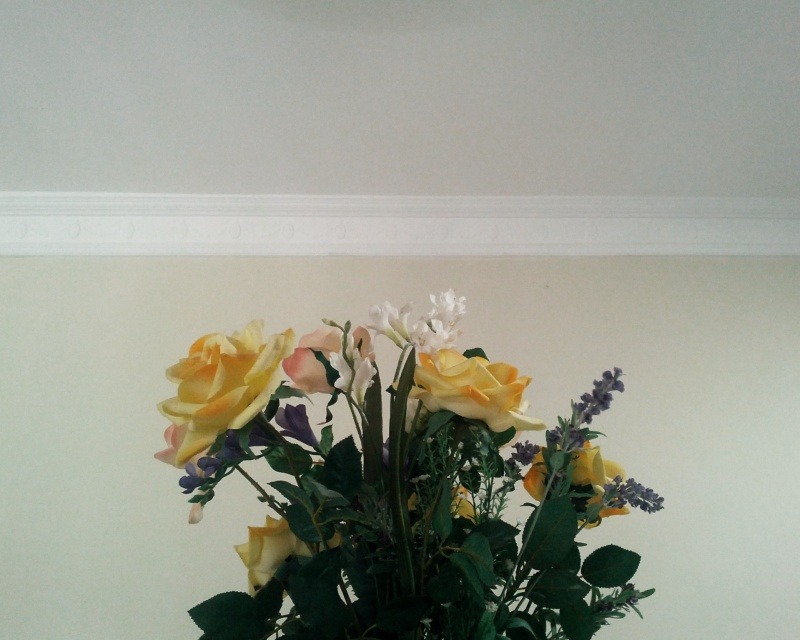
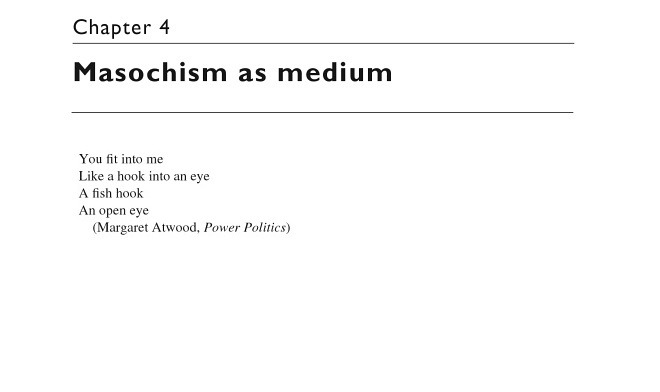
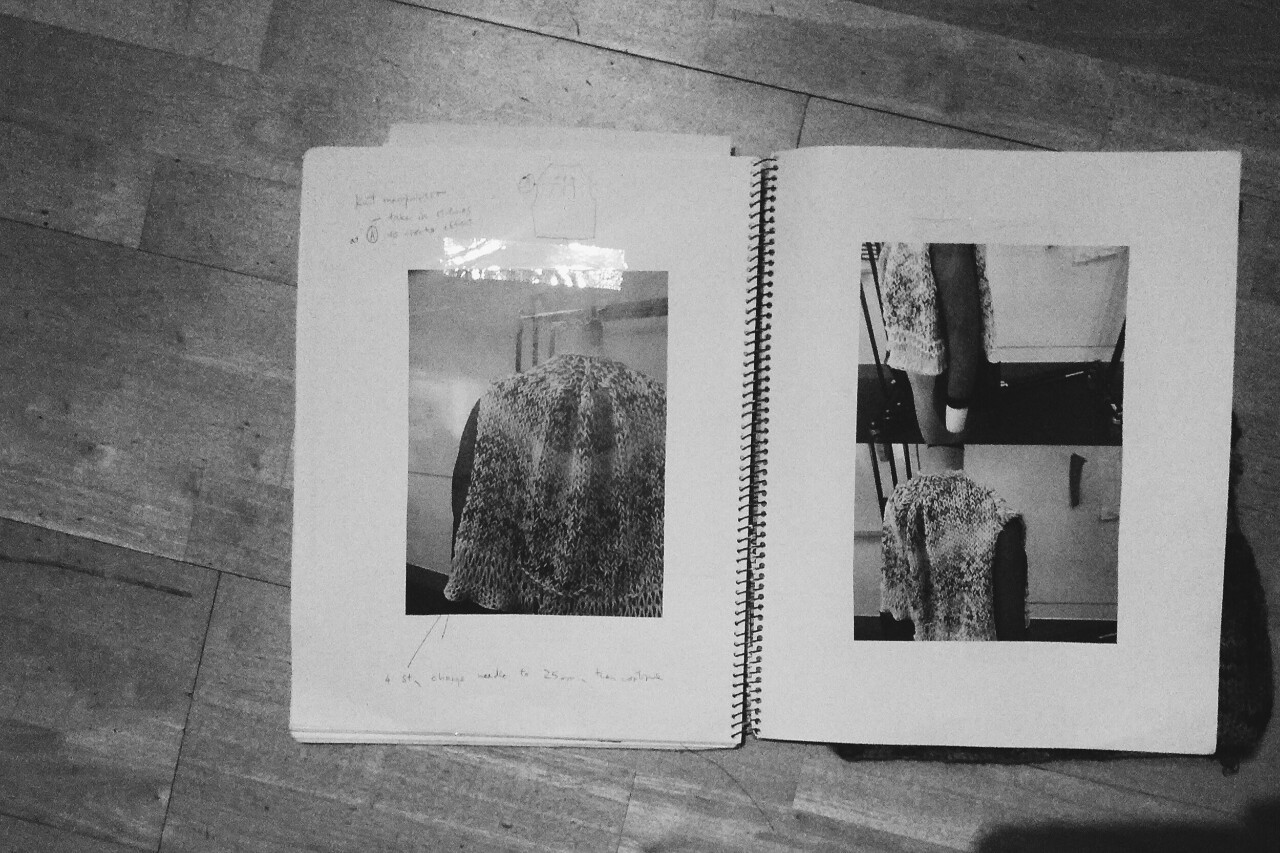




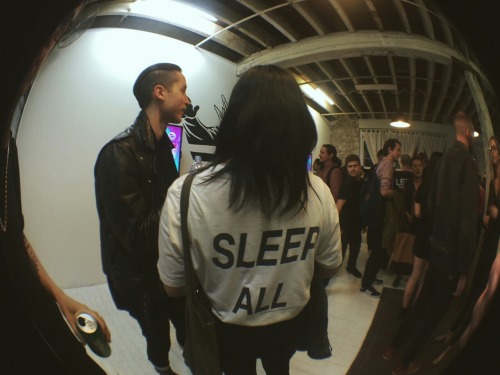



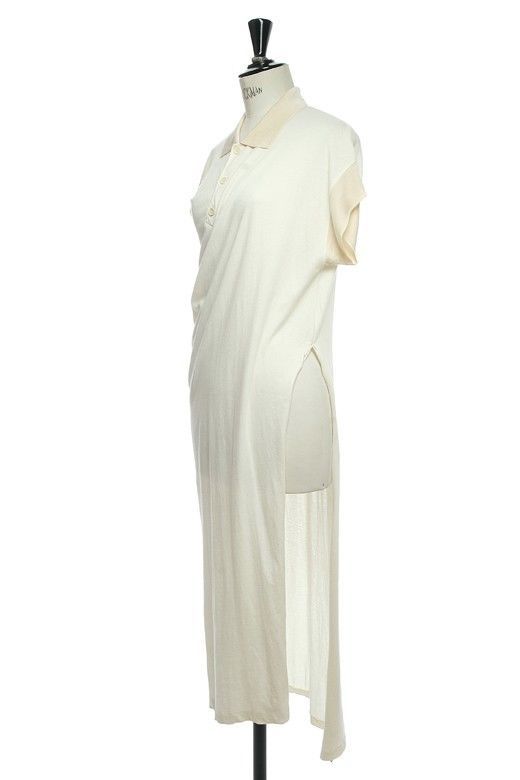


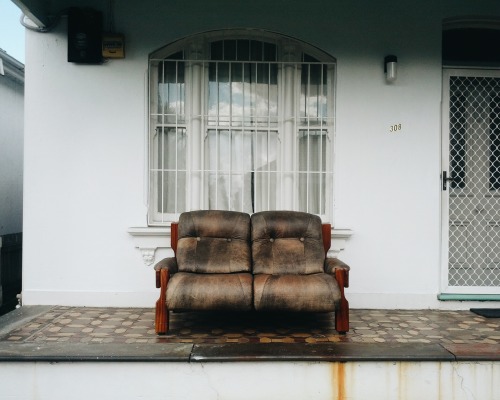
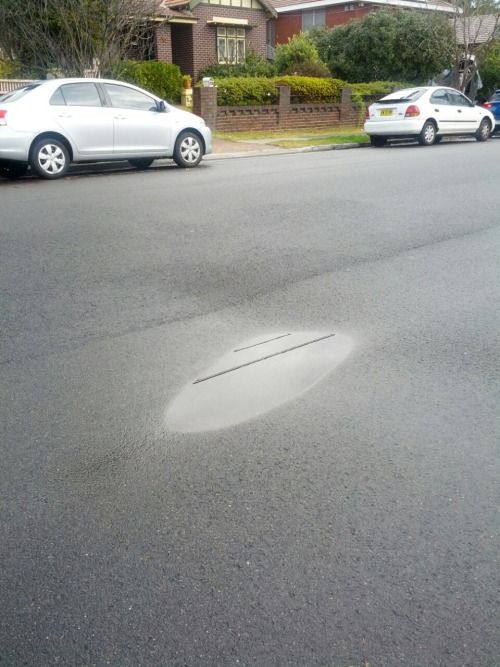

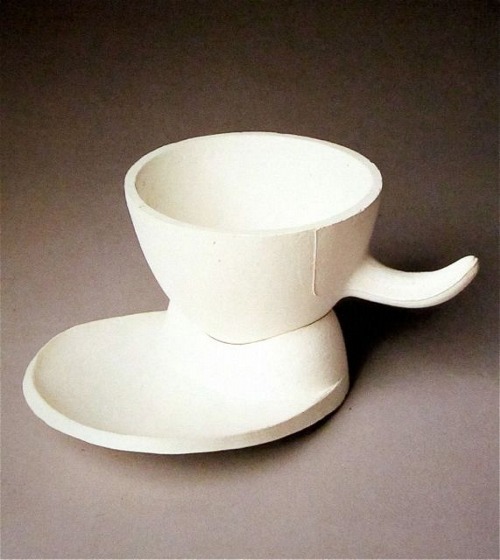



.jpg)



.JPG)






